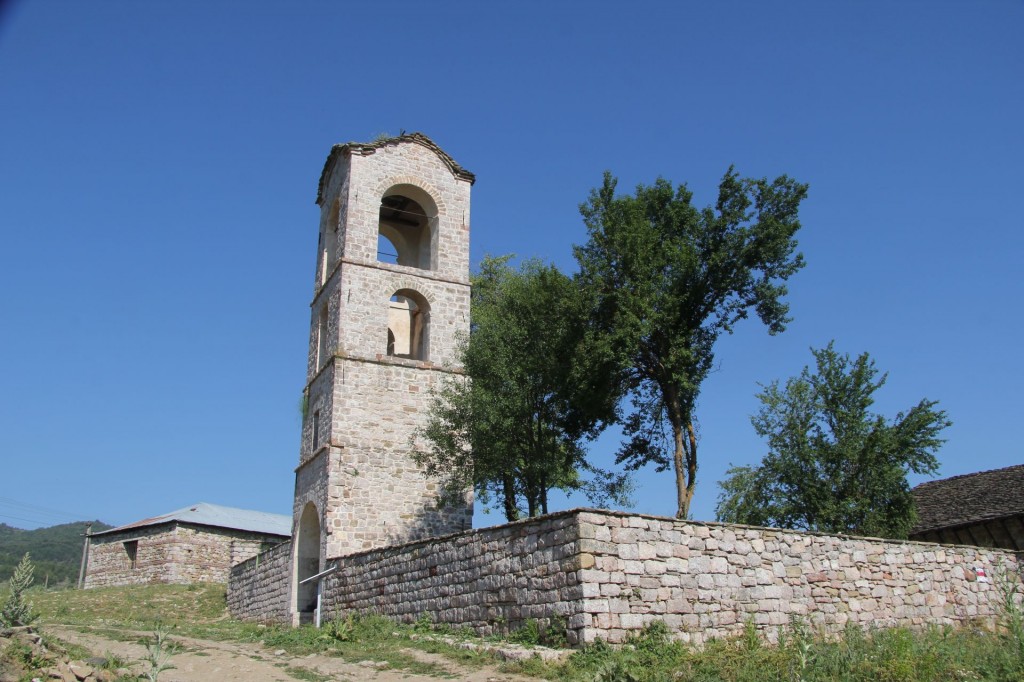 On our round trip through the southern part of Albania last month, we were very curious to visit Voskopoja, as this village was once the largest town in the Balkan region, after Istanbul.
On our round trip through the southern part of Albania last month, we were very curious to visit Voskopoja, as this village was once the largest town in the Balkan region, after Istanbul.
We discovered the village among high mountains, forests and green pastures, at around 20 kilometres from Korça. Voskopoja (1136 m) was founded in 1338 in an isolated area that could easily be defended. But as it was situated on an important trade route, the village gradually grew into a large urban center with up to 30,000 inhabitants in the 18th century. Called Moschopolis by the Greeks and Moscopole by the Vlachs, it was also a major center of Orthodox culture (despite of the Ottoman occupation) with 22 churches, a university, library and dozens of workshops producing crafts, books and religious artworks, including icons.
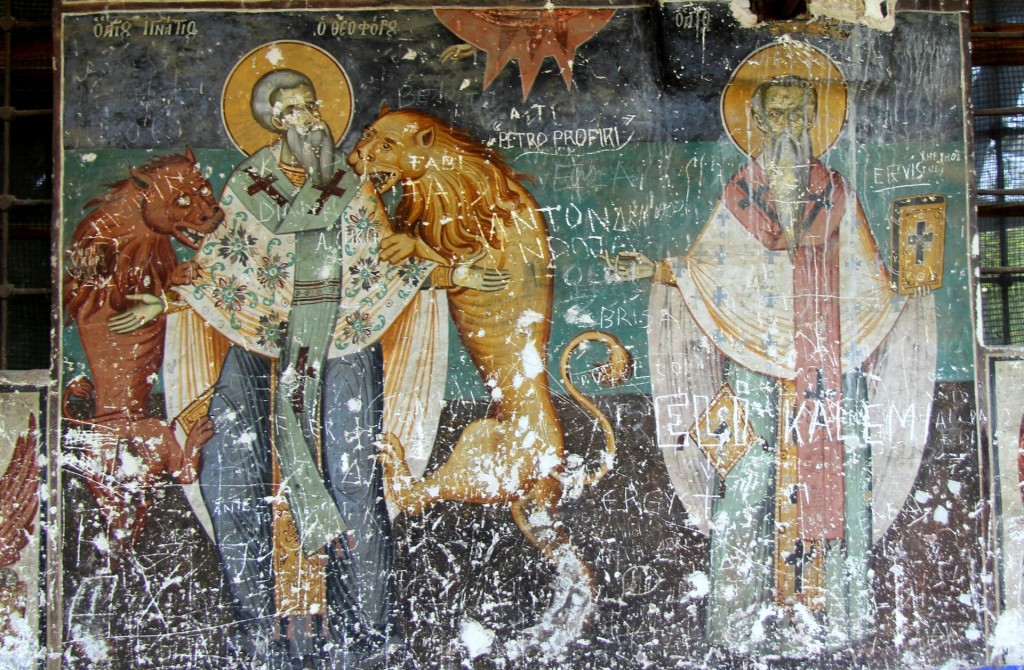 Unfortunately, Voskopoja’s glory faded in the 18th century, when Ottomans destroyed the town several times. But its end came in the 20th century, when battles in World War I and partizan campaigns during World War II destroyed most of the town. Finally, only seven churches, a handful of houses and some old cobbled streets remained as witnesses of glorious times.
Unfortunately, Voskopoja’s glory faded in the 18th century, when Ottomans destroyed the town several times. But its end came in the 20th century, when battles in World War I and partizan campaigns during World War II destroyed most of the town. Finally, only seven churches, a handful of houses and some old cobbled streets remained as witnesses of glorious times.
But nowadays, the situation has changed. Tourism has a positive influence on the economic and social development of the area. When we entered the village, works were going on everywhere: reconstruction of the cobbled streets and old stone houses, new signposts and even an info-center of the European Delegation (which was unfortunately closed). Many houses for “family tourism” were under (re)construction, but we only saw a few tourists and there were no camping possibilities at all.
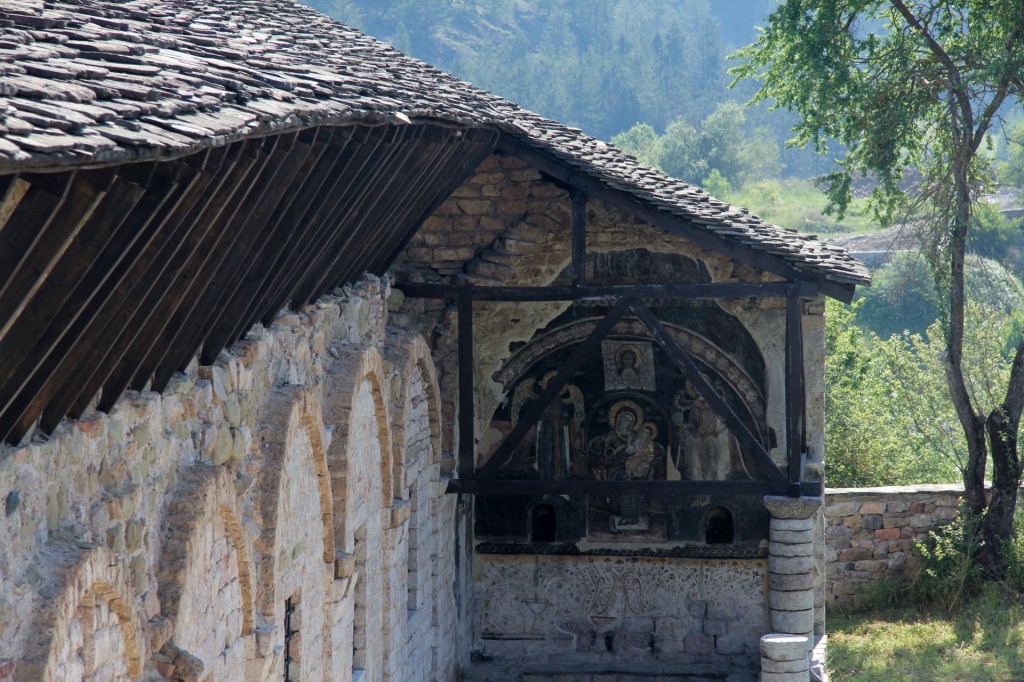 Although we knew that Voskopoja is, first of all, a mountain resort and a paradise for hikers, we were mainly interested in its cultural heritage, in particular in the typical early-Byzantine churches. We were informed that only five churches can be visited now, but unfortunately, they were all locked and seemed to be totally abandoned and neglected.
Although we knew that Voskopoja is, first of all, a mountain resort and a paradise for hikers, we were mainly interested in its cultural heritage, in particular in the typical early-Byzantine churches. We were informed that only five churches can be visited now, but unfortunately, they were all locked and seemed to be totally abandoned and neglected.
The Shën Kolle (St. Nicholas) church from 1721 was the only church to be protected in the Communist era (the other ones were used as military barracks, stables and for storage). What a pity we could not see the interior! However, we jumped over the fence and were astonished by the beautiful courtyard and the fresco-painted gallery. The magnificent frescoes were severely damaged by various inscriptions. The walls were scratched with names and the faces of many saints were destroyed. Pure vandalism! We could only imagine how impressive they must have been at the time!
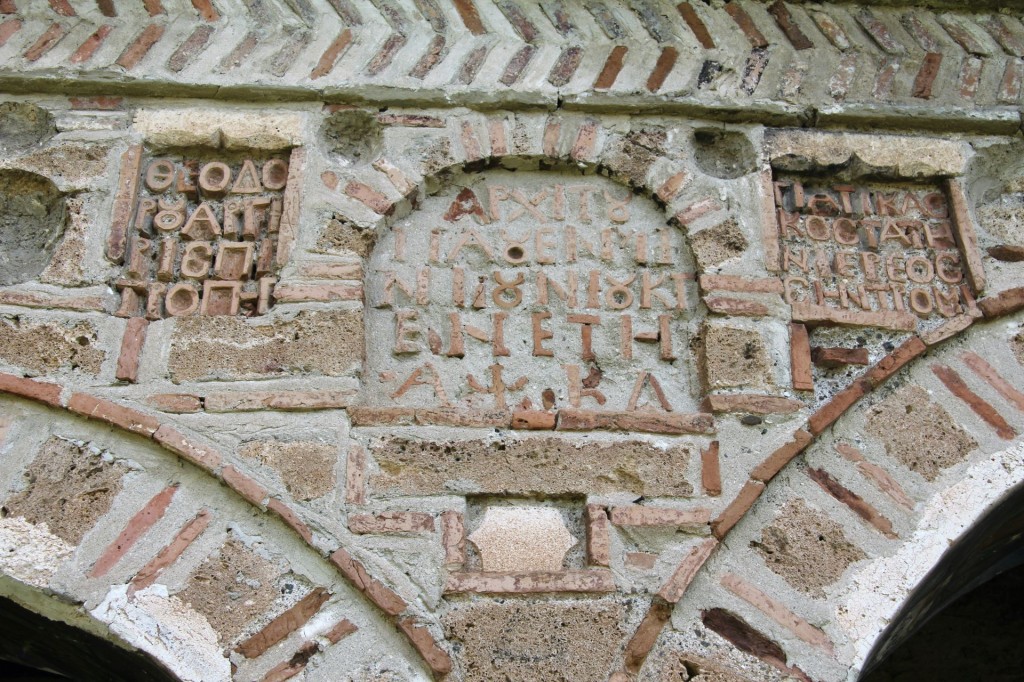 Among fields just east of the village we discovered the Shën Athanasi (Saint Athanasius) church. We approached the church through the cemetery and could thus admire the beautiful frescoes in the gallery. The outer walls were decorated with inscriptions in stone relief.
Among fields just east of the village we discovered the Shën Athanasi (Saint Athanasius) church. We approached the church through the cemetery and could thus admire the beautiful frescoes in the gallery. The outer walls were decorated with inscriptions in stone relief.
Finally, the Shën Mëhill (Saint Michael) and Shën Ilia (Saint Elias) churches were also worth a look, although we did not even have the possibility to enter the courtyards. The basilica of Saint Elias was the last basilica built during the flourishing period of Voskopoja (1751) and had a wooden roof.
In the afternoon we returned to Korça. We were very curious what is going to happen with Voskopoja. Will the churches be restored and opened to the public? Or will Voskopoja just be transformed into a tourist resort on a more commercial basis? I am sure that the restored churches can create a high additional value for tourism in South Albania, but I am aware of the huge resources needed for the restoration work ……

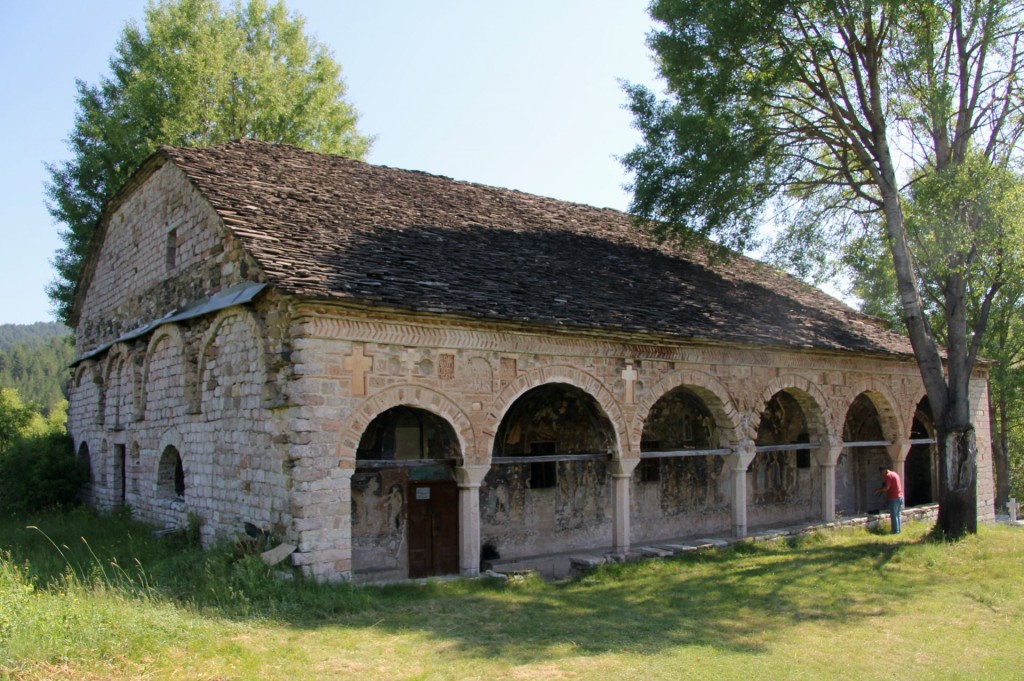
Marianne, thank you for discovering me such an interesting place. Hidden treasure.
Thanks for this article, Marianne! I have visited Voskopoja a couple of months back. Was impressed by its history, particularly the resistance against Ottoman Empires` influence. I share your reluctance over recent efforts to “rebuild” the town. Without restoration of its glorious history, any other attempt would be, the least, mediocre.
I reread this post from ten years ago since I’m planning to make a trip there next year. I wonder if there has been any restoration in the past decade? It really is difficult to find up to date information on the site.
However, I am a bit dismayed that you failed to mention that Voskopoje was historically a Aromanian town and it was they who built the churches. They were ethnically cleansed (by their neighbors, as is often the case) after a failed uprising against the Ottomans and their ancestors are now mainly living in northern Greece it seems. Their name for the site is Moskopole. One of the many small ethnic groups in the Balkans who have been squeezed out. As far as I can see they are a separate group from the Vlachs.